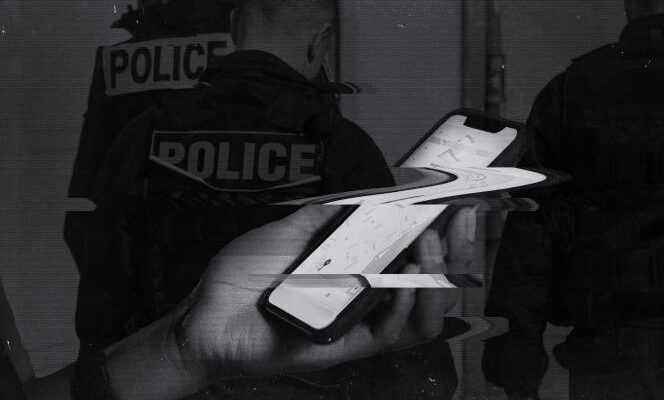If there is a phenomenon that Uber wants to avoid more than anything, in the mid-2010s, it is to see its drivers arrested by the police. It’s bad for the image and for the business: it’s expensive and discourages drivers from offering their services. In many countries where all or part of Uber’s services were considered illegal, a technique flourished among law enforcement authorities: pretending to be a customer, ordering a ride and picking up the driver when he arrives. In response, the company has developed specific internal procedures and tools that are supposed to track down law enforcement personnel and present them with an altered version of the app so that they are unable to book a ride.
These methods, referred to internally as “Greyball”were revealed by a survey of the New York Times in 2017. “We stopped using these tools in 2017 when Dara Khosrowshahi became CEO and, as we have said many times, they should never have been used. We have cooperated with all investigations into the use of these tools. To our knowledge, all are closed or no longer active, with no finding of wrongdoing.replied Uber, asked by the journalists of the “Uber Files”.
“Uber Files”, an international investigation
“Uber Files” is an investigation based on thousands of internal Uber documents sent by an anonymous source to the British daily The Guardianand forwarded to International Consortium of Investigative Journalists (ICIJ) and 42 media partners, including The world.
Emails, presentations, meeting minutes… These 124,000 documents, dated from 2013 to 2017, offer a rare dive into the mysteries of a start-up which was then seeking to establish itself in cities around the world despite a regulatory context. unfavorable. They detail how Uber has used, in France as elsewhere, all the tricks of lobbying to try to change the law to its advantage.
The “Uber Files” also reveal how the Californian group, determined to impose itself by a fait accompli and, if necessary, by operating illegally, has implemented practices deliberately playing with the limits of the law, or which may amount to judicial obstruction of the investigations of which he was the subject.
Find all our articles from the “Uber Files” survey
The investigation of World and its partners, however, makes it possible to document the use of this system in new countries. It also shows to what extent this tool held a preponderant and usual place in Uber’s arsenal in the face of the authorities.
This is the case, for example, in Belgium, where the local teams have perfected their techniques so well that they presented them during an internal seminar. First step: identify suspicious users. You must first comb through all the errands that have resulted in a driver being arrested and note down “the driver, the customer, the place of departure, the place of arrival, the date and time of the customer’s check-in” in order to find “recurring patterns”. The Brussels teams have even developed a specific algorithm to assess the risk that drivers will have to deal with representatives of law enforcement.
Finally, check all Uber users who have opened the app near a police station. Once the profiles ” at risk “ spotted, a second step begins: to ensure that they cannot order vehicles. If arrests are reported to them, Uber teams can also define a geographical area in which it becomes impossible to order a vehicle.
You have 43.41% of this article left to read. The following is for subscribers only.
